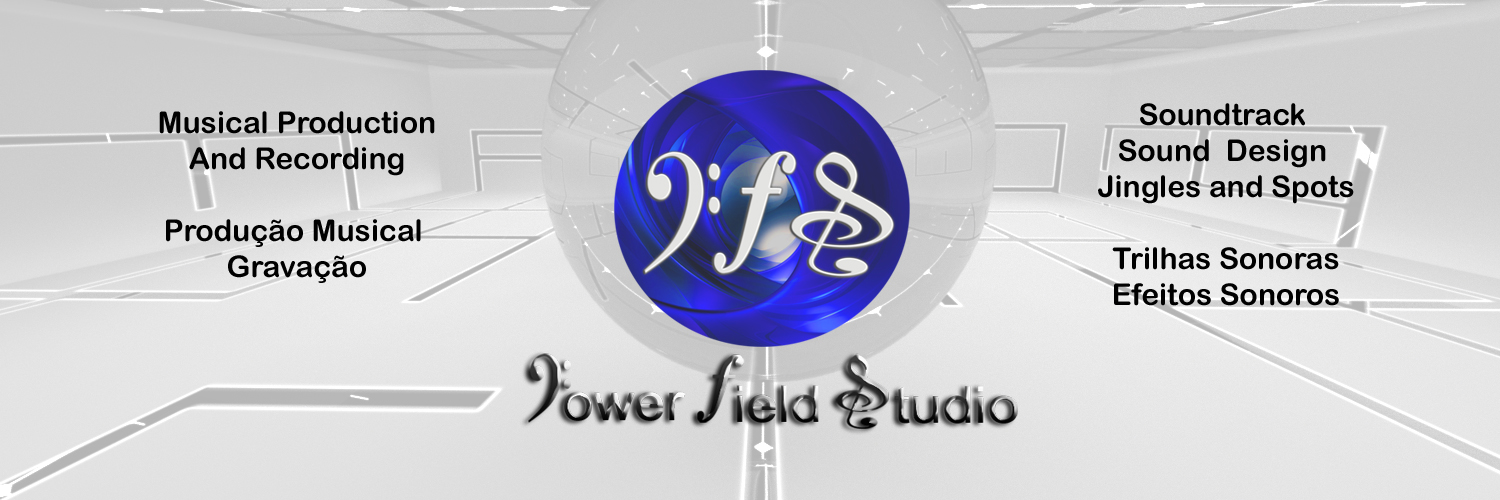6 Vinyl Subscription Services Perfect For The Music Lover In Your Life
First of all thanks to Hugh McIntyre for this article.
As vinyl has grown in popularity, new businesses have found a way to make money off of the medium’s resurgence. One of the most popular new types of startups that seem to be popping up left and right are vinyl subscription services, which serve paying customers with new music on a monthly basis, with in-house curators often choosing what tunes and releases are highlighted and shipped around the world. There are well over a dozen of these companies operating now, and there are sure to be more in the coming years as vinyl continues its upward surge
For those that have never investigated this growing field, or who may be looking for a perfect holiday gift for the vinyl devotee in their lives, here are a handful of subscription services that stand out from the rest, and which are perfecting the art, and the business, of getting the world to listen to more records.
Price: $4 per month for digital-only, $254 per year for everything
The two parts of the music industry that are growing these days are online streaming and vinyl sales, and Feedbands has found an interesting way to combine both into a unique business model. The company highlights one new song by an unsigned artist every day on its website, and those tuning in can vote the song up if they like it, similar to what happens on Pandora. Unlike the internet radio service, once all the votes are tabulated, the company presses the top artist every month to vinyl, and that is served to subscribers before it’s sold anywhere else. When the package arrives, it comes with lyrics, a beautifully-designed product, and even a card with a download of the album, so as to keep the bridge between physical and digital intact.
Price: £20 per month
U.K.-based startup Flying Vinyl is focused on breaking new artists with singles only, opting not to bother with full-length releases. Those behind the venture are smart to do so too, as it typically only takes a few songs for most people to decide if they like the band they’re listening to or not. Every month, the company sends out at least five 7-inch records, each with two songs from a different new musical act. This is a fantastic option for someone looking to sample as many new artists as possible using vinyl, as a true music lover could learn about dozens of up-and-comers in a year, all while supporting them as well.
Price: starts at £22 per month
One of the few dance music-focused vinyl subscription services available, Trax & Wax is perfect for not just the vinyl aficionado, but someone who truly loves dance music, even if it’s only one or two styles. When signing up for this option, a new customer is given the opportunity to decide what box full of electronic dance music they’d like to receive, such as Disco, Old School, Techno, Nu School, or the brand’s own blend of everything. The monthly deliveries are also some of the fullest offered, as there is an option to receive up to four 12-inch records every month.
Price: $23 per month (when you sign up for a year) and up
Vinyl Me, Please isn’t like other vinyl subscription services that simply choose the best LP they believe you should hear. Instead, it comes off more as a company that re-releases some beloved titles as collector’s editions—ones that are only available from this one source. While plenty of these kinds of startups sift through hundreds of acts to find the next best thing nobody has heard yet, Vinyl Me, Please focuses on some of the biggest names in the indie world. Past monthly selections have included the likes of Glass Animals, Beck, Weezer, and Nils Frahm. Every choice comes with a specially-made vinyl, unique piece of art that accompanies the music, and a cocktail recipe that fits with the tunes. This is already one of the most popular vinyl subscriptions available, and there’s a reason for that.
VNYL
Price: starts at $22 per month for one record
Another one of the companies that has risen to the top of the growing field of vinyl subscription services, VNYL is clearly aimed at a younger audience, which makes sense, since millennials are one of the few groups pushing the medium upwards these days. One of the first steps of letting the curators at VNYL know what you’re into is connecting to your profiles on services such as Spotify, Soundcloud and Instagram, which again suggests a youthful aim. While some companies want users to choose categories such as dance, rock, or hip-hop, this one has verticals such as #DREAMPOP, #SOULMATES and #NOVEMBRRR, and if you have no idea what might come in one of those packages, this option probably isn’t the best for you.
Price: around $30 per month
On the company’s website, it calls itself “The Mixtape Vinyl Club,” and that’s a perfect description. Instead of offering full albums from artists, whether old or new, Vinyl Moon creates a one-of-a-kind mixtape every single month, which features at least 10 tracks from some of the coolest, most talented up-and-coming acts in music. Each and every month’s compilation is a different color, comes with a specially-designed artsy cover, and for the most VIP of members, there is even a party to celebrate the release of the album in varying cities.







